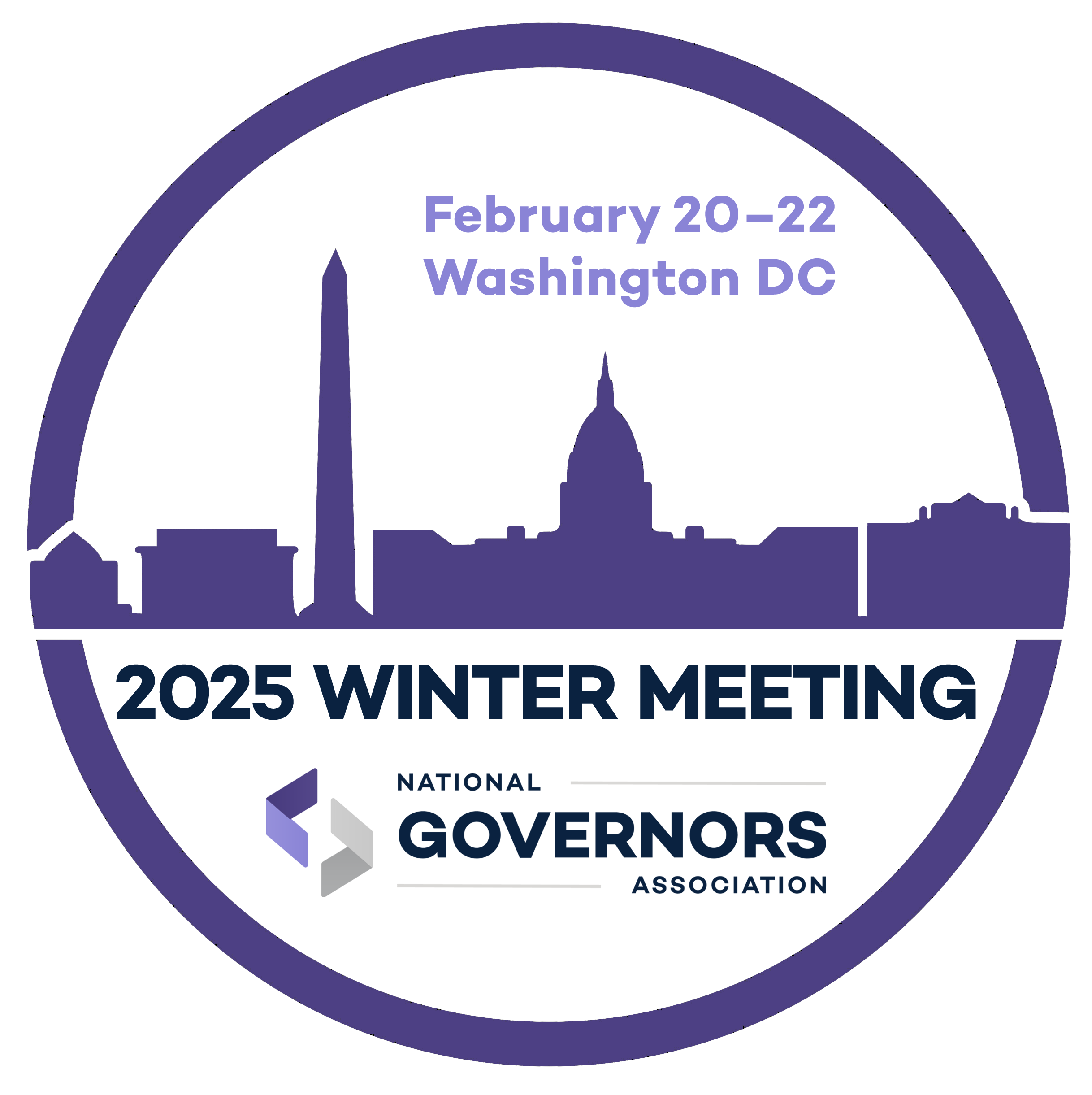National Governors Association, Council of Chief State School Officers Note Summer Opportunities and Cite Examples of State Leadership
As state and educational leaders grapple with the effects of the COVID-19 pandemic on students, the National Governors Association (NGA) and the Council of Chief State School Officers (CCSSO) released an analysis outlining state efforts to accelerate student learning this summer and during the 2021-22 school year.
The two state groups highlighted trends and notable strategies that states are using to reopen schools safely while creating new student supports and making both short- and long-term investments to accelerate student learning and addressing well-being. In related guidance to school leaders, they also spotlighted opportunities for enhanced learning this summer, aided by funding made available under the recently passed American Rescue Plan Act.
School building closures and interruptions, remote learning, and economic and other stresses caused by COVID-19 have resulted in unfinished learning, particularly among younger students and those from disadvantaged backgrounds. State leaders are committed to creating an equitable educational recovery for all students.
The white paper, prepared by Education First on behalf of NGA and CCSSO, cited innovations and promising practices in states across the country, drawing from state plans, websites, media reports and gubernatorial State of the State addresses.
“Governors are committed to the social, emotional and academic well-being of all students in their states and territories,” said Timothy Blute, director of the NGA Center for Best Practices. “For more than a year now, Governors have taken extraordinary steps to protect public health while working to minimize disruptions to the education and well-being of young people. As the country recovers from the pandemic, Governors and educational leaders are seizing the opportunity to accelerate learning and provide a variety of student supports to address all aspects of education and child development. Working with CCSSO, we’re proud to highlight measures and promising practices to address the impacts of COVID-19 on public education.”
“State education leaders are working tirelessly to accelerate learning for all students,” said CCSSO Chief Executive Officer Carissa Moffat Miller. “The resources released today shine a spotlight on some of the innovative work being done across the country and support states and school districts in this important work this summer and next school year.”
The NGA/CCSSO paper identified four major steps states are taking to address COVID-19 learning loss:
- Using creative tools to communicate proactively and engage key stakeholders about emerging plans, such as task forces and partnerships. State leaders also are providing school districts with planning frameworks and tools to streamline the process and ensure critical issues are considered.
Developing a variety of summer activities designed to boost learning and enable students to reconnect with one another. With support from new federal funds, states are helping to stand up tutoring programs, learning and enrichment camps, community service, apprenticeships, and more traditional summer schooling.- Ensuring students have access to targeted help for both their academic needs and overall well-being. Again with new federal funding sources, states are examining potential partnerships to address specific academic needs, including efforts to provide more learning time during or after school.
- Planning ahead to address other difficult issues, even as states roll out implementation details and work to address the pandemic’s many harms to students, families and educators. These longer-term issues may include how to use one-time federal funds smartly and strategically; how best to target resources and programs for the students who need them most; finding creative and effective ways to support educators as they are asked to continue to do more; aligning state policymakers and agencies on a common plan; and taking stock of lessons from the pandemic — what worked and what hasn’t — to re-evaluate long-standing structures and approaches in the K-12 system.
In conjunction with the white paper, the two organizations also released 2021 Summer Learning & Enrichment: State Guidance for District and School Leaders. The document is intended to give state and local education agencies guidance they can adapt and share with school districts as they plan for summer learning opportunities to meet the most pressing needs of students and teachers during the current school year.
While the document focuses on academic learning, it also emphasizes that summer programming must address students’ social, emotional and physical well-being, which all have been affected by school building closures. Furthermore, districts and schools must carefully consider how to engage and support teachers, many of whom have experienced burnout, stress and dissatisfaction due to the pressures and uncertainties of the past year. The NGA and CCSSO guidance noted that while the road to recovery over the next several months and years may be difficult, it also is full of possibility to reimagine best practices in public education and address whole-child development.













